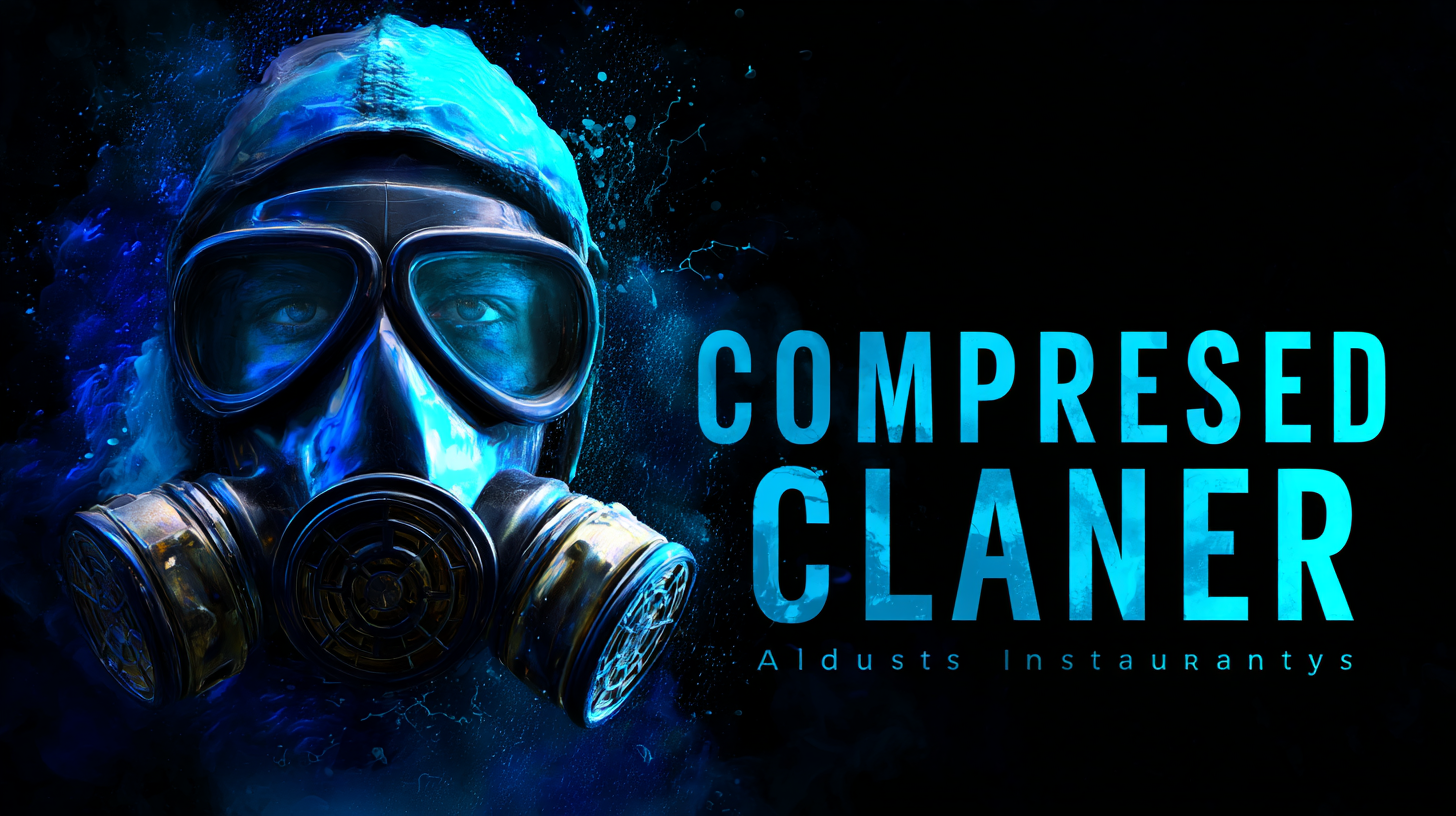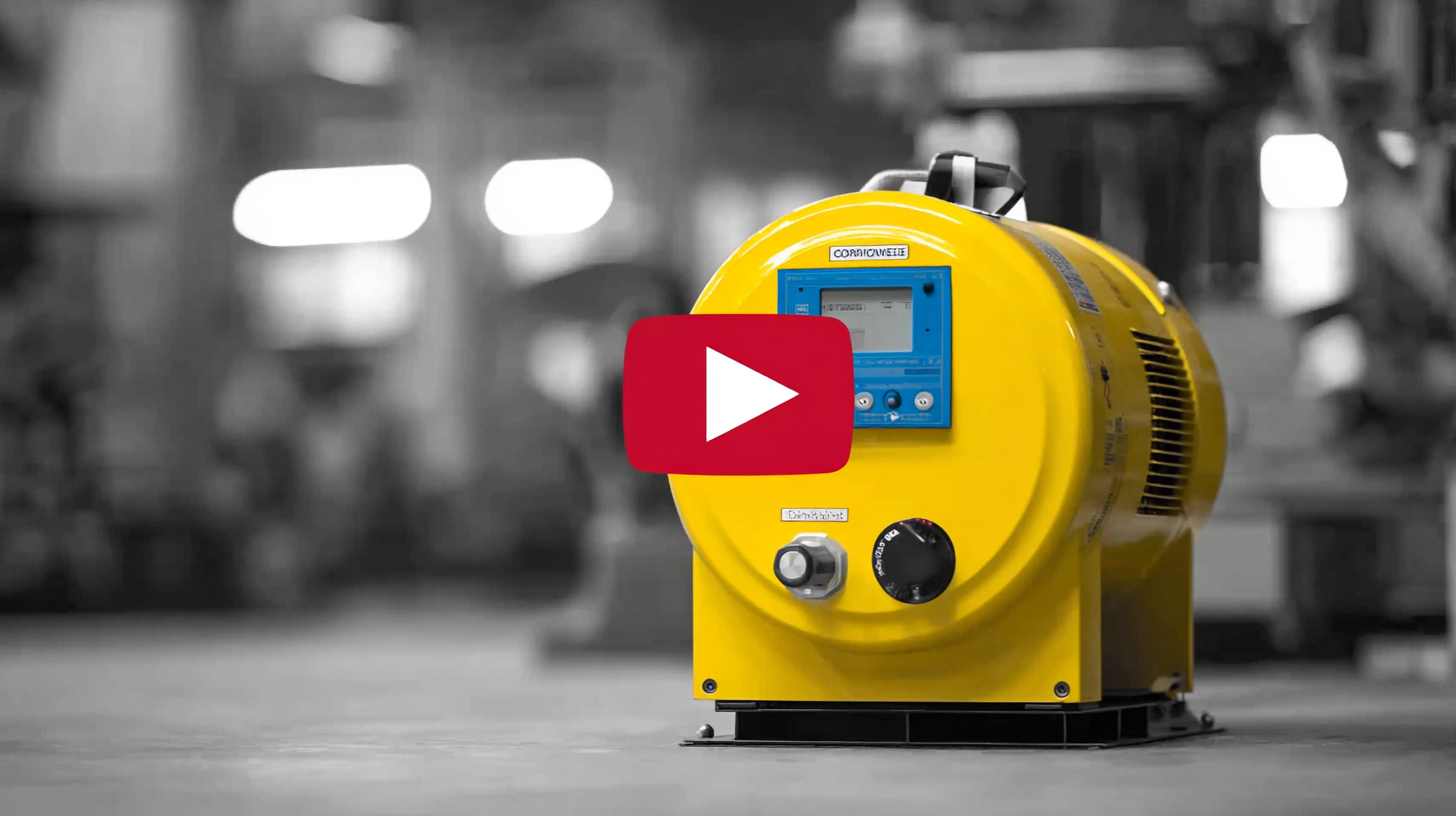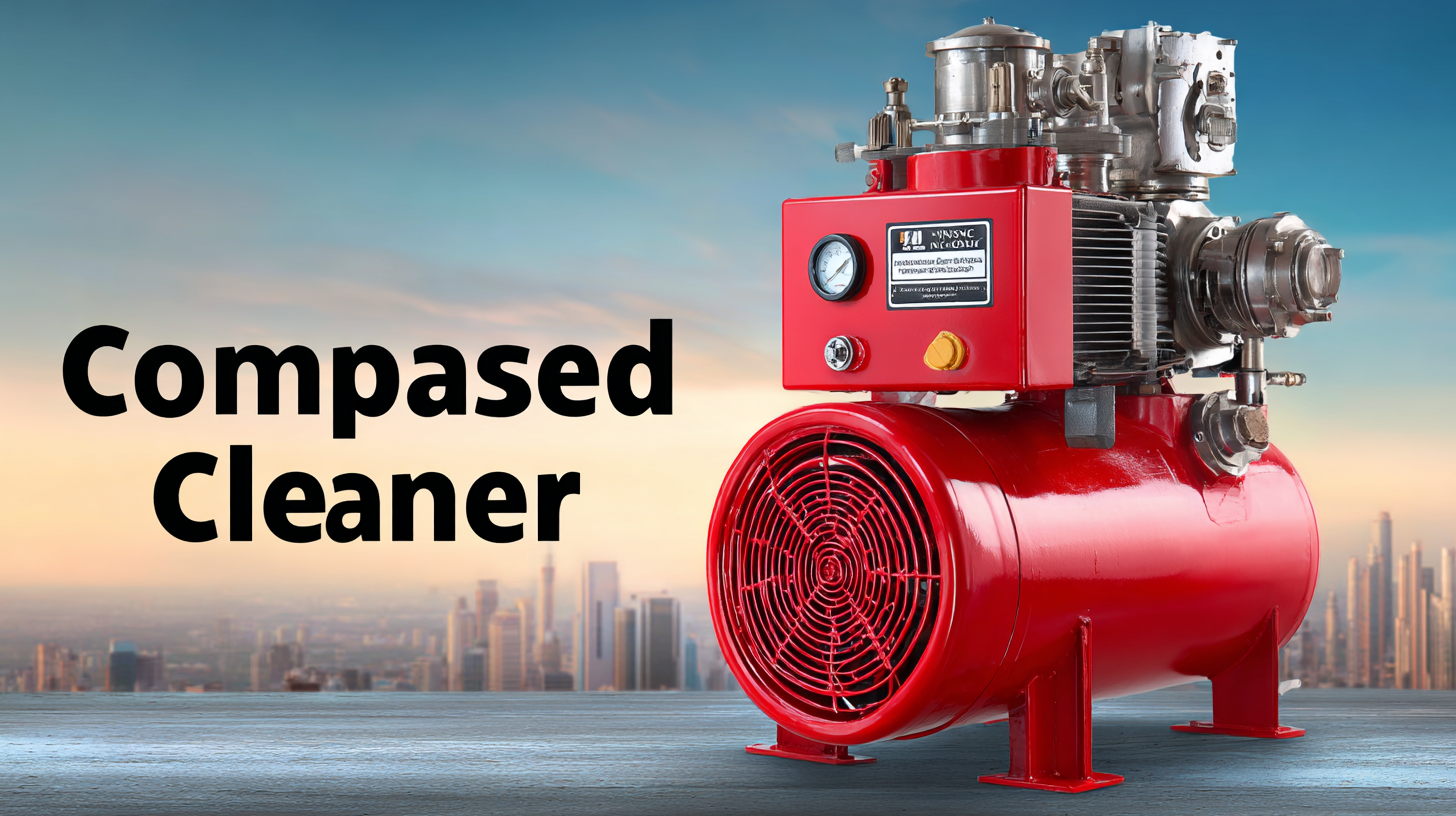
- sales@bjbod.com
- Mon - Sat at 7:00AM to 9:00PM

As industries continue to evolve in 2025, the importance of maintaining clean, efficient compressed air systems cannot be overstated. According to a recent report by the Compressed Air and Gas Institute, nearly 70% of industrial operations rely on compressed air, highlighting the critical need for effective filtration and cleaning solutions. With increased focus on sustainability and energy efficiency, selecting the right Compressed Air Cleaner is essential for minimizing downtime, reducing operational costs, and ensuring product quality. In this blog, we will explore the key considerations and emerging trends in the selection process for the best compressed air cleaners tailored to meet diverse industrial needs, thus ensuring that organizations can maintain compliance, enhance performance, and safeguard their investments in the long run.

In industrial applications, compressed air is a vital energy source that powers various tools and processes. However, the quality of compressed air is often compromised by contaminants such as oil, water, and particulate matter. According to a report by the Compressed Air and Gas Institute, nearly 70% of manufacturing facilities experience issues related to contaminated air, which can lead to significant operational inefficiencies and increased maintenance costs. Understanding the basics of compressed air cleaners is essential for any facility aiming to maintain high operational standards and productivity.
Compressed air cleaners come in various types, including coalescing filters, particulate filters, and desiccant dryers. Each type serves a distinct purpose, catering to different industrial needs. For instance, coalescing filters are effective in removing water and oil aerosols, while particulate filters target solid contaminants that can damage sensitive equipment. A study by the International Society of Automation highlights that implementing an effective air cleaning system can reduce energy consumption by up to 30%, showcasing the importance of selecting the right compressed air cleaner tailored to your specific requirements. Investing in a quality compressed air system not only ensures cleaner air but also extends the lifespan of machinery and enhances overall productivity.
| Feature | Description | Importance | Recommended Type |
|---|---|---|---|
| Filtration Level | Defines the size of particles that can be effectively removed from the air. | High | HEPA Filters |
| Flow Rate | The amount of purified air produced per minute. | High | High Capacity Cleaners |
| Energy Efficiency | Power consumption relative to airflow rate produced. | Medium | Eco-Friendly Models |
| Maintenance Requirements | Frequency and ease of filter changes and system checks. | High | Low Maintenance Systems |
| Portability | Ability to move the cleaner easily within the facility. | Low | Portable Units |
| Noise Level | Sound produced during operation. | Medium | Quiet Operation Models |
When selecting the best compressed air cleaner for your industrial needs, it is crucial to first identify your specific air quality requirements. With increasing awareness of indoor and outdoor air pollution, industries must recognize that the air we breathe close to our work environments can significantly impact health and productivity. According to various studies, poor indoor air quality can lead to reduced worker performance, increased absenteeism, and various health issues.
To meet these industrial air quality requirements, consider using advanced air quality sensors that can monitor pollutants in real-time. These sensors help identify pollution hot spots, allowing industries to implement targeted solutions. Tips for ensuring proper air quality include regularly checking air quality data from these sensors, adjusting maintenance schedules based on findings, and investing in technologies that reduce specific pollutants prevalent in your operations.
Additionally, staying updated with legal changes is essential. Recent proposed laws aim to identify specific polluting chemicals and create accountability for industrial emissions. Understanding these regulations can help you allocate your resources more effectively, ensuring compliance while improving air quality. By proactively addressing your air quality needs, you can create a safer and healthier work environment for your employees.

When selecting a compressed air cleaner for industrial applications, it is essential to evaluate several key features that determine the efficiency and effectiveness of the unit. First and foremost, consider the filtration technology employed in the cleaner. Options include coalescing filters, which are excellent for removing water and particulates, and activated carbon filters, designed to eliminate odors and hydrocarbons. The choice of filtration impacts not only the quality of the air but also the longevity of your equipment, making it crucial to choose based on your specific requirements.
Another vital aspect to examine is the flow rate and pressure drop of the cleaner. Ideally, the cleaner should maintain a high flow rate without causing significant pressure drops. This ensures that your operations run smoothly without interruptions. Moreover, look into the size and portability of the unit. Compact designs can be beneficial in limited spaces, while larger units may offer more extensive filtration capabilities. Incorporating these considerations will lead to a more informed decision, ultimately enhancing your facility's operational efficiency and air quality.
When selecting a compressed air cleaner for industrial applications, it’s essential to understand the various types available on the market. The three primary types are desiccant dryers, membrane dryers, and refrigerated dryers. Desiccant dryers utilize materials that absorb moisture from the air, making them ideal for environments where the air must be exceptionally dry. They are typically favored for industries like pharmaceuticals and electronics, which require stringent moisture control.
Refrigerated dryers, on the other hand, lower the air temperature to condense moisture, making this type suitable for most general applications. They are energy-efficient and provide a reliable solution to moisture issues, but may not be sufficient in environments that require ultra-dry air. Lastly, membrane dryers offer a compact and energy-efficient alternative, using semi-permeable membranes to separate water vapor from compressed air. This type is particularly beneficial for smaller operations or when space is a constraint. Understanding these differences can help you make an informed decision based on your specific operational needs and budget.
When selecting a compressed air cleaner for industrial applications, maintenance considerations are paramount to ensuring both longevity and efficiency. According to the Compressed Air and Gas Institute (CAGI), regular maintenance can extend the lifespan of air cleaning equipment by up to 50%. This highlights the importance of implementing a proactive maintenance schedule that includes routine inspections, filter replacements, and system calibrations. Neglecting these tasks can lead to reduced efficiency and increased energy costs, with a study by the U.S. Department of Energy revealing that improper maintenance can inflate energy consumption by 30%.

Furthermore, using high-quality replacement parts is crucial. The American National Standards Institute (ANSI) recommends that industries utilize components that meet or exceed original equipment specifications to maintain optimal performance. Inadequate parts can compromise the integrity of the cleaning system, leading to frequent breakdowns and costly downtime. Keeping maintenance logs can help track performance metrics and identify potential issues early, ultimately ensuring that the compressed air cleaner operates at peak efficiency and remains a reliable asset in industrial settings.